The Best Boxed Sets Of 2023


2023 was another great year for boxed sets and expanded reissues. And by great, we mean really great. We may ballyhoo how boxed sets have become standard operating procedure for a dying music industry desperate to sell physical products. We may scoff at the proposition of shelling out for albums we’ve already bought multiple times in the past. We may, understandably, be wary of boxed sets that look great on paper but come indiscriminately stuffed with loads of filler that’s hard to sit through. Fair enough, but the fact is that the boxed set has grown into an art form, and plenty of people are doing it well. As artists (or their estates) and labels continue to dust off relics and never-before-heard rarities and put them in one neat package, the real winner is you, music fan. In a year when there were too many to choose from, here are the boxed sets we think are a cut above.
20. Prince — Diamonds And Pearls Super Deluxe Edition
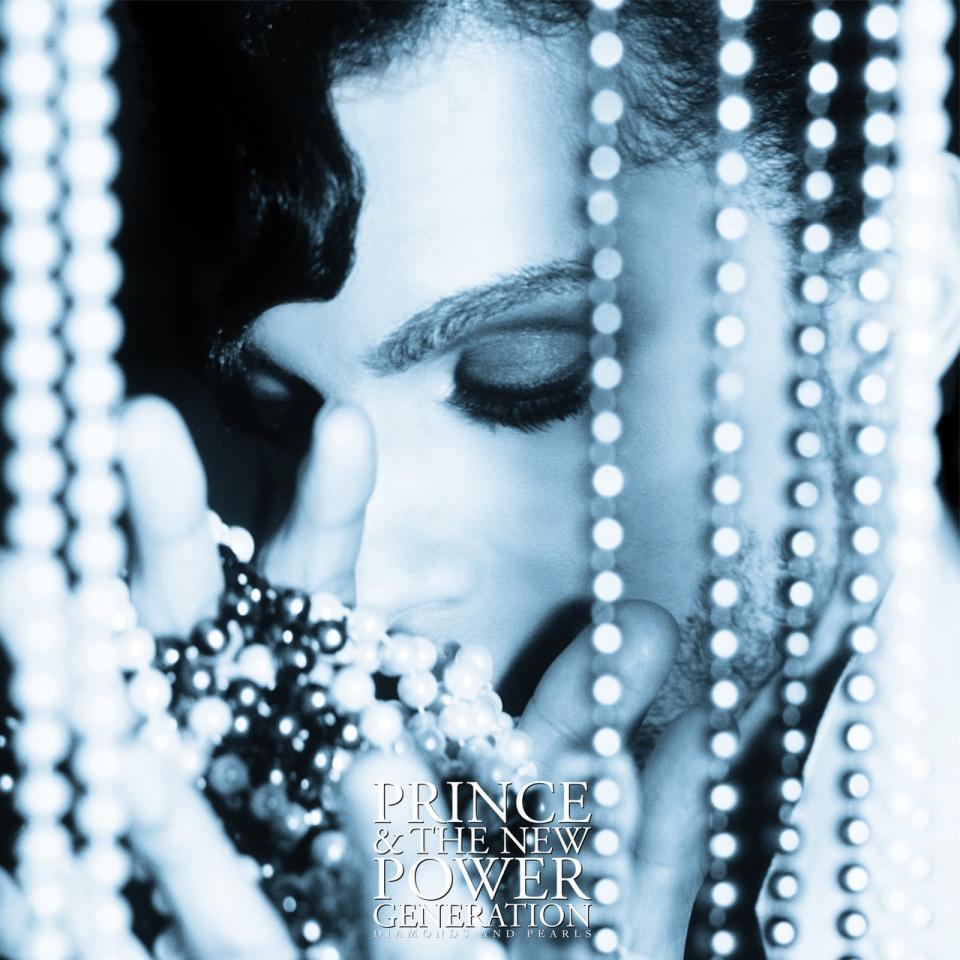
Prince famously left behind so much unreleased material in his vault that every album in his discography could justify an expanded reissue. Totaling seven hours of music, this exhaustive document of the Purple One’s foray into New Jack Swing and hip hop suffers a bit from 12-inch dance-remix overkill. And, after setting the bar with his sprawling hybrid of funk, soul, rock, and adult contemporary, Prince was starting to chase the contemporary sounds of his descendants rather than look ahead, That said, the 33 (!) tracks Prince chose not to include on the finished album, as always, provide a fascinating glimpse into his bottomless well of inspiration. The grittier, more organic sound of these bonus tracks perfectly offsets the original album’s slick production. Extensive track-by-track commentary by Prince historian/author Duane Tudahl provides context for listeners keen on taking a deep dive.
More from Spin:
19. The Tragically Hip: Phantom Power 25th-Anniversary Edition
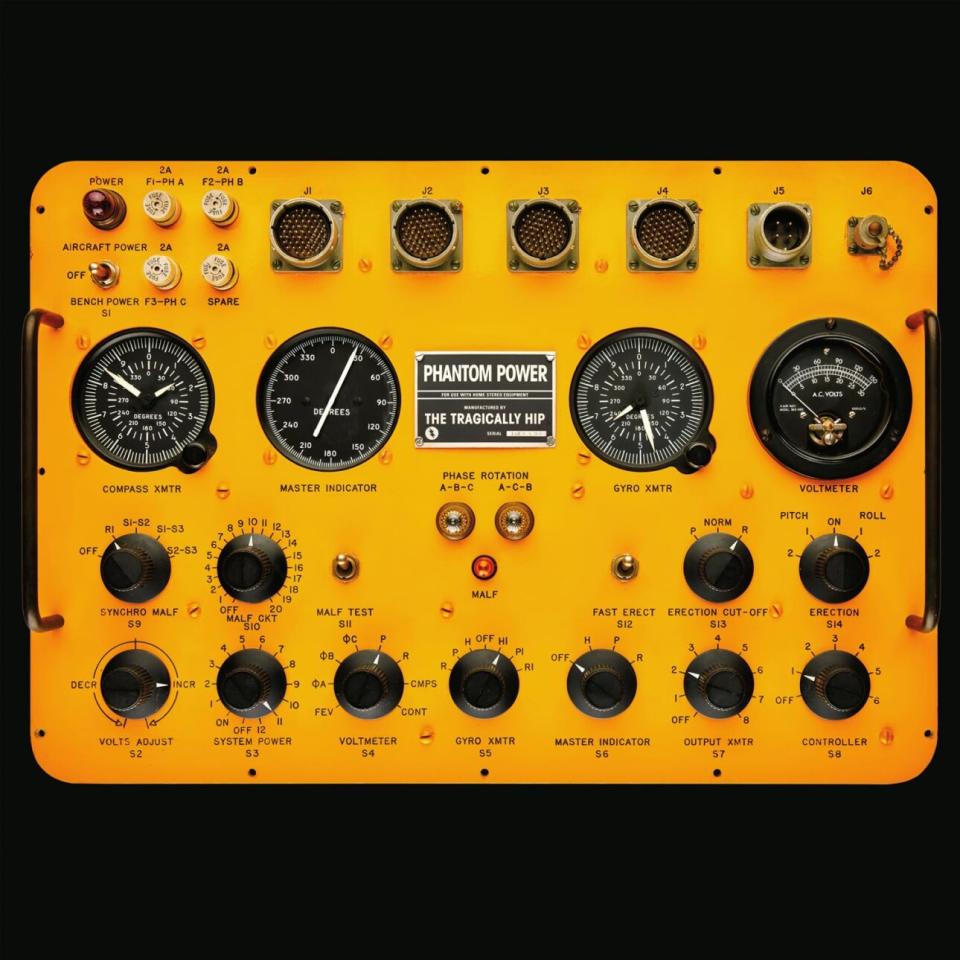
Los Lobos horn player and Phantom Power producer Steve Berlin said in 2016 that no other band has ever meant as much to Canadians as The Tragically Hip. When they made Phantom Power in 1997, their first of two records with Berlin, their legacy status was firmly secure. The band’s most mature work up to that point, Phantom Power saw The Hip dialing back the rock element of their sound for a more reserved approach. Despite its many low-key moments, however, Phantom Power never slides into get-your-lighters-out power ballad territory. Instead, The Tragically Hip forged a sound that was somehow huge and intimate, corporate and folky at the same time. A robustly mixed full live concert from the period shows that the band still had plenty of fire in its engine. Additionally, five never-heard tracks from these sessions enhance the original album’s arc of peaks and valleys rather nicely.
18. Bob Marley and The Wailers — Catch A Fire 50th Anniversary Edition
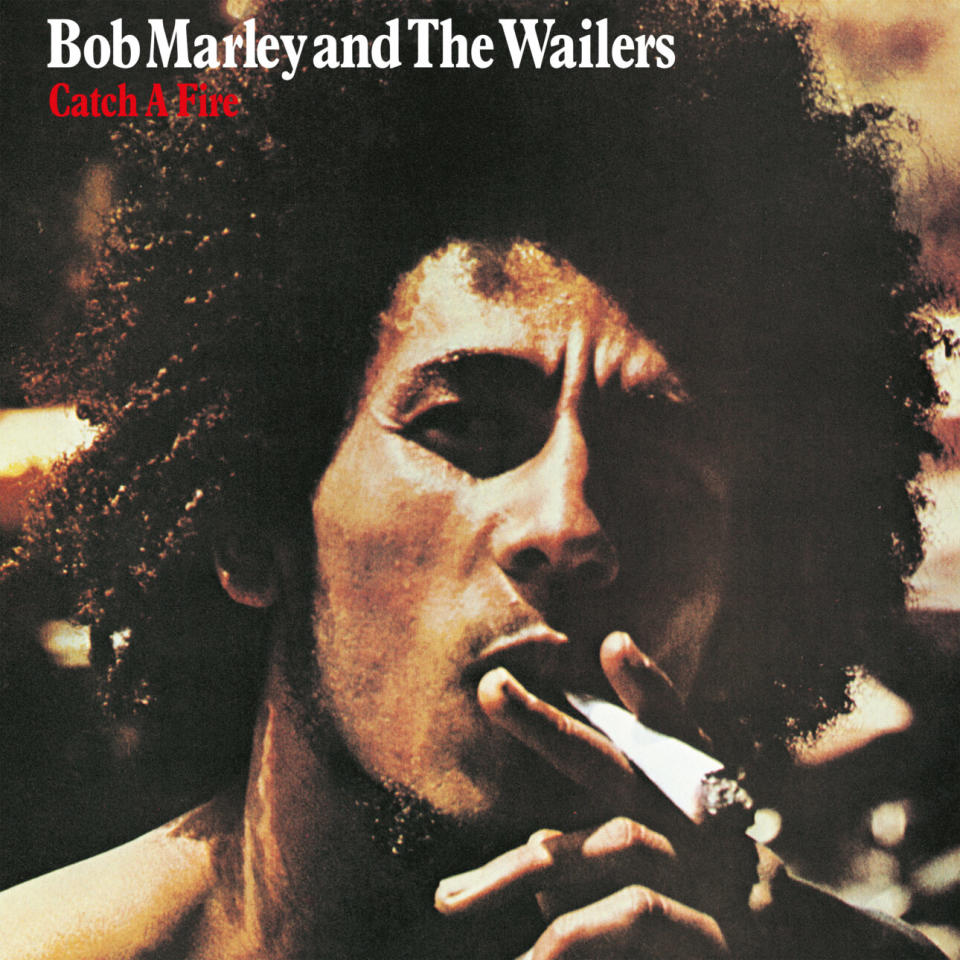
The Wailers’ Island Records debut captures how the band hit its stride after almost a decade together. With Island founder Chris Blackwell at the console, Catch A Fire flows with the same sense of effortless grandeur as other pop-rock masterpieces of the time. Throughout, The Wailers lock into a groove so riveting it’s easy to see why Catch A Fire heralded their arrival as global superstars. A newly restored, beautifully recorded BBC concert from London only further cements what a force to be reckoned with Bob Marley and company were during this period.
17. The Spinners — Ain’t No Price on Happiness: The Thom Bell Studio Recordings (1972-1979)
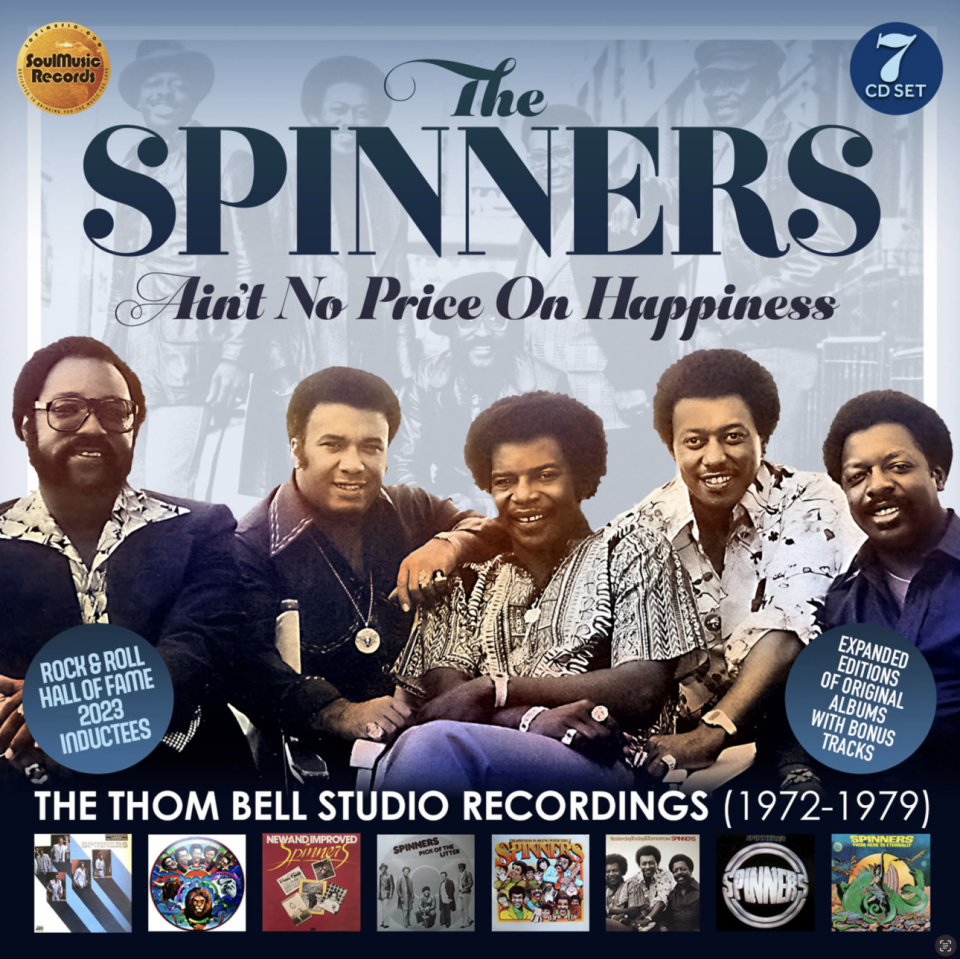
After leaving Motown, The Spinners recorded eight albums for Atlantic Records with legendary producer and Philly Soul architect Thom Bell. This set features expanded versions of all eight albums, capturing arguably the most vital chapter in the vocal quintet’s career in a modest package. Ain’t No Price showcases his gift for blending then-contemporary soul influences with remnants of the jazz-singer-with-orchestra sound of previous decades. For a crash course in the smooth, lushly orchestrated, yet strangely economical Philly Soul sound, look no further than this box.
16. Sun Ra and His Intergalactic Solar Arkestra: Space Is the Place: Music from the Original Soundtrack
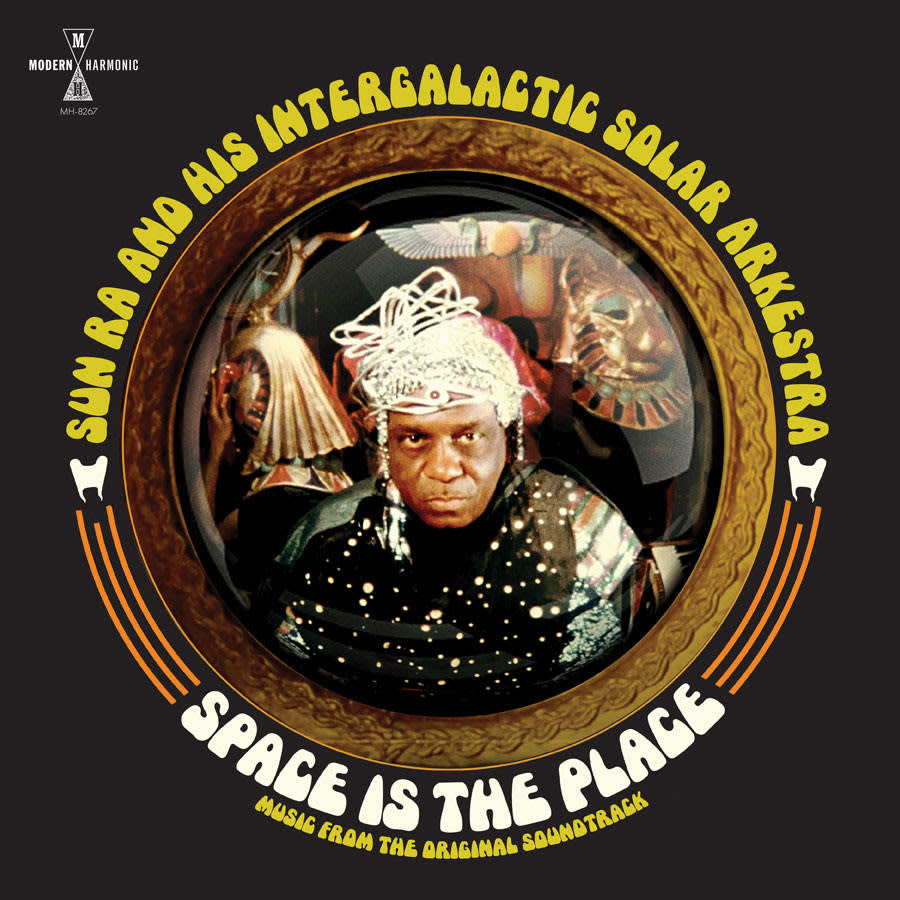
The score to Sun Ra’s 1974 film Space Is the Place opens with a woman intoning “It’s after the end of the world — don’t you know that yet?” Not to be confused with the 1973 album of the same name, the Space Is the Place score ripples with an urgency that sounds as unsettling and apocalyptic today as it did on its creation. Sun Ra and company summon a discordant, yet oddly gorgeous sound that beams into your head like a transmission from an alien consciousness beyond our comprehension. Throughout his life, Sun Ra insisted that human beings were in dire need of a spiritual-intellectual paradigm shift. He left us with the perfect vehicle to get there with this score, now augmented by The Mathematics of the Altered Destiny — a separate, never-released album from the same sessions. The film itself is also included, marking its first time on BluRay/DVD in the States. Any expanded Sun Ra reissue is reason to celebrate, but this one is particularly essential.
15. Hawkwind — Space Ritual 50th-Anniversary Edition
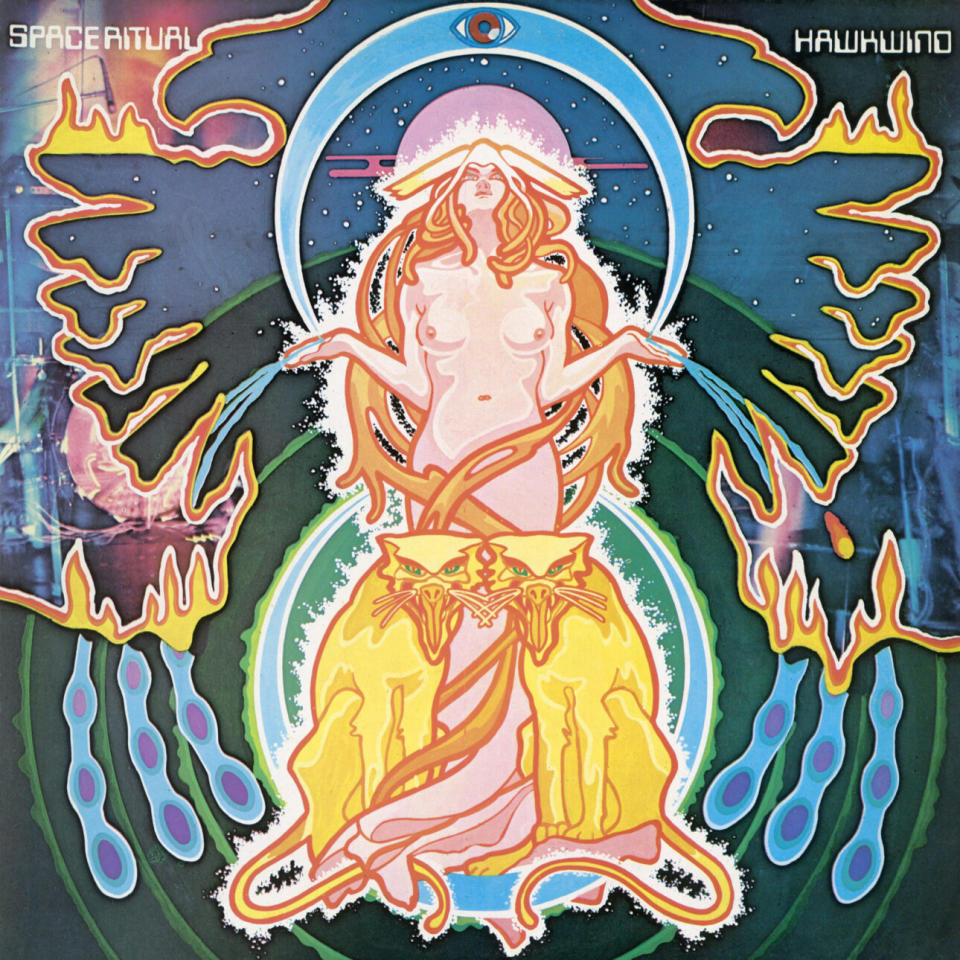
With 1973’s aptly-titled Space Ritual, Hawkwind channeled their heady distortion-worshiping aesthetic into arguably one of the definitive double-live albums of that decade. The album (full title: The Space Ritual Alive in Liverpool and London) is a raucous document of the band that would be instrumental in establishing space rock. However, Hawkwind also had their hands in fuzz, psych rock, and even proto-metal. This new edition swells out to a whopping 11 discs. Is all of that, um, fuzz particularly necessary? Maybe not, but for every new listener who feels inspired to wring endless hours of guitar squall out of a stack of amps, this box set justifies its heft.
14. Bill Laswell / Pete Namlook — Outland
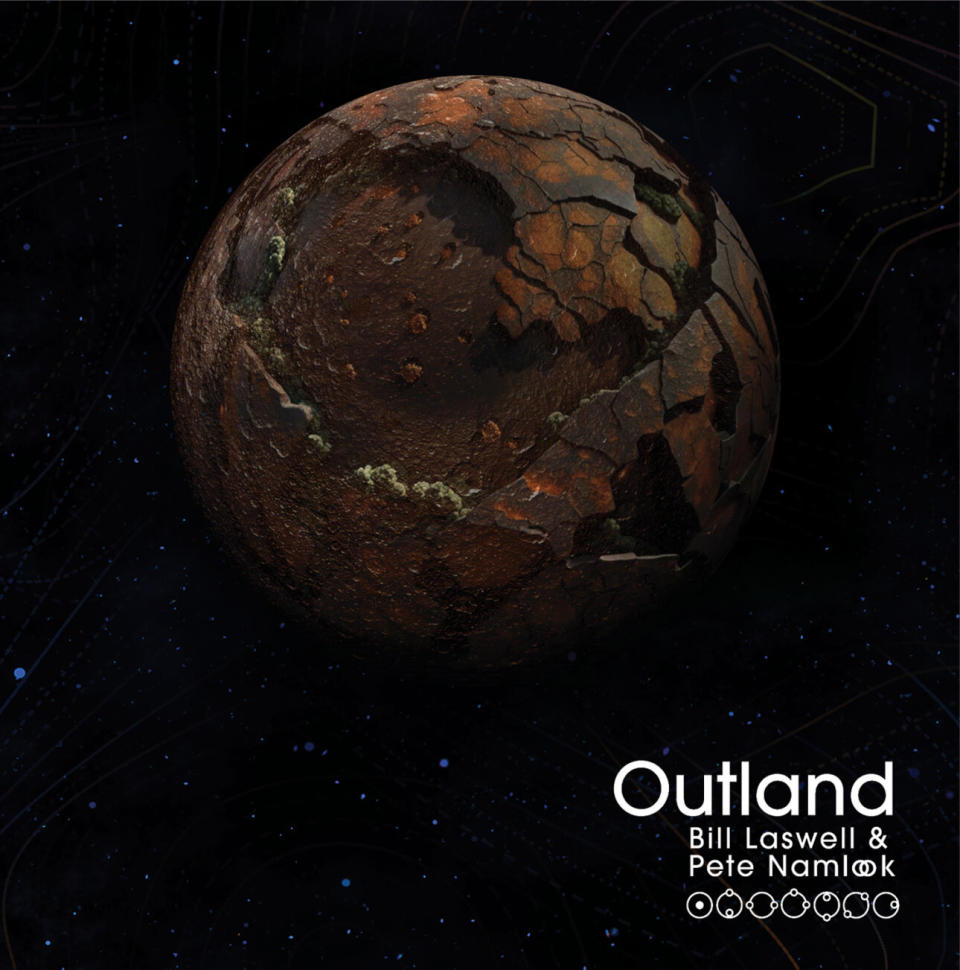
Bill Laswell’s production work with Herbie Hancock, Yoko Ono, Mick Jagger, Mot?rhead, Public Image Ltd, Bootsy Collins, and others has left a lasting, if peripheral, footprint on mainstream pop culture. His massively varied experimental output, however, is a bottomless rabbit hole for adventurous listeners. In the early ‘90s, the late ambient-techno producer Pete Namlook — founder of Germany’s FAX +49-69/450464 label — noticed that Laswell had sampled some early FAX releases. The pair struck up a friendship, which led to a collaboration spanning five albums over 13 years. Unified by a shared love of naturalistic samples (Mongolian chants, water, etc), Namlook and Laswell crafted a dark ambient sound with occasional (and highly rousing) bursts of “ethnotronica.” This box spares listeners from having to hunt down the separate titles on Discogs.
13. Nanci Griffith — Working in Corners

Following her death in 2021, Nanci Griffith was hailed by the Austin American-Statesman as “the greatest Austin-raised singer-songwriter ever.” Griffith — part of the Texan vanguard that included Lucinda Williams, Lyle Lovett and Robert Earl Keen — would have turned 70 this year, the perfect occasion to rescue her first four albums from out-of-print limbo. Griffith coined the term “folkabilly” for her singular blend of folk and Americana, but she’d always dreamed of becoming a songwriter. Penning hits for artists like Dolly Parton, Kathy Mattea, and Suzy Bogguss, Griffith was also a formative influence on Lovett and Mary Gauthier. Working in Corners shows us why. A lifelong bookworm hailed for the prose-like weight of her lyrics, Griffith was able to convey universal feelings on an almost mythic scale. This box set, with its lovingly assembled first-hand accounts, is sufficiently wide in scope to encompass the breathtaking qualities of her early work.
12. (TIE) Abilene — Endee Burial

Shotmaker — A Moment in Time: 1993-1996

If we measured Shotmaker and Abilene strictly by their level of recognition, they would both rate at two or three degrees more obscure than, say Drive Like Jehu, June of ‘44, and Don Caballero. This means that even aficionados of obscure ‘90s rock can revel in the joy of discovery these boxes offer. Comprised of three LPs apiece, each set covers its respective band’s entire recorded output in full, with top-notch artwork to match. Chicago’s Abilene left behind three albums’ worth of engrossing post-rock in a muscular, math-y style that will have fans of Slint and Shipping News jumping for joy. The beautifully designed Endee Burial includes a never-released third full-length that’s worth the price of admission alone. Canadian rockers Shotmaker, meanwhile, unleashed a blast-furnace brand of proto-emo/post-hardcore. A Moment in Time includes their two full-lengths and a third album’s worth of splits, seven-inches and compilation tracks.
11. Otis Redding — Otis Forever: The Albums & Singles 1968-1970

When he died at the age of 26, Otis Redding left behind four albums’ worth of completed material. This re-printing of those posthumous LPs is a decidedly no-frills affair (unless you get the colored-vinyl edition). There are no liner notes, no new artwork, and even no picture sleeves. But that doesn’t diminish the sheer satisfaction of holding the sturdy cardstock of the LP jackets in your hands. These albums were meant to be enjoyed in this form, and this set certainly does them justice. Two LPs’ worth of mono-mixed singles make this a must-have package.
10. Pharoah Sanders — Pharoah

A spiritual/free-jazz avatar who accompanied John Coltrane on some of the most cosmic musical excursions of the late ‘60s, Pharoah Sanders pursued sonic transcendence and communion for the rest of his life. This reissue adds two extended live cuts (and lots of ephemera) to the late saxophone giant’s namesake album, long out of print and barely noticed on its release in 1977. With surprisingly plainspoken phrasing, Sanders weaves in and out of fairy dust created by a most unlikely cast of musicians, including future Sugar Hill Records producer Clifton “Jiggs” Chase on organ. There’s a gorgeous immediacy to this recording — if you didn’t know better, you’d believe you were hearing a cutting-edge musical dialogue that sounded like it was recorded in the past year.
9. Drew McDowall — Lamina

A one-time member of the pioneering industrial act Coil who also worked with Psychic TV, Drew McDowall has a penchant for turning noise into eerie, resplendent beauty. Lamina compiles all of the venerable electronic producer’s solo output to date — four albums starting with 2015’s Collapse — alongside rarities and live material. Hazy, ambiguous, and yet utterly gripping, his haunting sounds don’t just convey a sense of space, but somehow foster contemplation and transformation. With sublime results, McDowall has sonically vaporized the paradigm he helped create. Listening to the various works on Lamina, the lineage connecting McDowall to younger electronic artists like Actress and Justin Broadrick comes into full view.
8. Aretha Franklin — A Portrait of the Queen 1970-1974

By 1970, Aretha Franklin had already recorded 15 albums. This box set, which consists of her first five LPs of the decade, shows Franklin still at the peak of powers. As we hear, her creative relationship with Atlantic Records producers Tom Dowd, Jerry Wexler, and Arif Mardin continued to bear fruit at a dizzying rate. (Also included is her only album with Quincy Jones at the helm.) Unlike most vocalists of her day, though, Franklin was also a formidable presence when it came to production and arrangement (to say nothing of her piano chops). These five albums (all augmented with outtakes and two revelatory demos) contain a wealth of deep cuts that showcase why Franklin holds the title of the Queen of Soul.
7. The Who: Who’s Next / Life House

The Who’s guitarist/mastermind Pete Townshend conceived the follow-up to Tommy as an even grander concept he’d titled Life House. Townshend drew from Sufism and science fiction to tell a story about a future devoid of rock music. In his scenario, rock would save us all. Of course, high concept is not what the band delivered with their fifth and decidedly straightforward album Who’s Next. This extras-crammed edition of the album re-traces Townshend’s steps via his home demo sketches of a much different album he heard in his head. (A newly commissioned graphic novel also walks us through the story.) Slogging through multiple versions of the same songs gets to feel like work in spots, but there’s no denying the payoff here. In the end, this box offers fascinating (if incomplete) glimpses of a vision that never was.
6. Acetone — I’m Still Waiting

This 11-LP “thing of beauty” epitomizes the value of searching for what we might’ve all missed the first time around. Acetone didn’t escape everyone’s notice — Spiritualized/Spacemen 3 founder Jason Pierce, Mazzy Star’s Hope Sandoval, Drew Daniel of Matmos, and Colin Meloy of The Decemberists are all avid champions of the ‘90s L.A. trio’s work. And Neil Young’s now-defunct label, Vapor Records, released Acetone’s eponymous 1997 full-length. Acetone careened through feedback- and fuzz-drenched Crazy Horse/Sabbath-styled rock, sublime Beach Boys harmonies, and the laconic ramshackle of Pavement and Dinosaur, Jr. But they were never enshrined on music history’s granite wall. I’m Still Waiting should change that. To quote Pierce, there’s loads of “grace, tenderness, and fury,” to sink your teeth into here.
5. Miha Gantar — Amsterdam

Apparently, Slovenian, Amsterdam-based pianist/composer Miha Gantar likes to drop five albums at once. Amsterdam — the second quintuple-shot offering in the 26-year-old’s career — documents Gantar working in a different setting (trio, quintet, duo, dual- and solo-piano) on each respective disc. All of these configurations highlight different aspects of his playing. Combined, they paint a picture of an artist who matches bold innovation with a carefree swagger. In the liners, none other than avant-jazz elder statesman Reggie Workman (Pharoah Sanders, Coltrane, etc) describes Gantar’s approach as “a fresh sound not heard before.” It’s true, but Gantar’s whimsical approach enables the listener to get lost in the unfamiliar while being delighted at the same time.
4. Grateful Dead — Here Comes Sunshine

What’s the point of a hefty 17-disc set of live Dead recordings when these shows have been floating around online for ages? Well, for one, the sound quality is a vast improvement over the bootlegs Deadheads already know, plus elegant, colorful packaging adds additional appeal. Here Comes Sunshine chronicles five complete live shows that took place within four weeks from May to June 1973. At the time, the Dead were known to play anarchic sets that would last through the night. Dead historian Ray Robertson, author of the book All the Years Combine: The Grateful Dead in Fifty Shows (released in November), walks listeners through the endless thicket of music. At points, his crackling prose froths over into hyperventilating superfan’s rants—an approach that befits a band with such a passionate following. Sometimes, alas, more is more.
3. Joni Mitchell: Archives Vol. 3: The Asylum Years (1972-1975)

In her prime, Joni Mitchell could convey tremendous power via little more than a tape recorder and the skeleton of a song. Vol. 3 spans what is arguably the singer-songwriter’s most dramatic period of growth: her trifecta of LPs For the Roses, Court and Spark, and The Hissing of Summer Lawns. Like its predecessors, Archives Vol. 3 comes packed with embryonic sketches, rehearsals, studio jams, outtakes and complete live shows. By Court and Spark, Mitchell was taking full advantage of the studio as a canvas; with Summer Lawns, she molded her ideas into liquid dreamscapes. Archives Vol. 3 reveals the simple, barebones beauty of the songs at the heart of Mitchell’s increasingly abstract sonic architecture. Unsurprisingly, Mitchell’s works in progress are just as breathtaking as the versions we’ve known for the last 50 years, which makes this set a must-have.
2. DeYarmond Edison — Epoch

As far as attention to detail goes, Epoch takes this year’s cake by a long shot. Even the graphic design scheme — with its intricate runes and arresting color patterns — screams “labor of love.” Grayson Currin’s liners, meanwhile, are so exhaustive it took him years to complete them. Epoch covers the lifespan of the rural Wisconsin folk-rock quartet DeYarmond Edison, the predecessor to both Bon Iver and Megafaun. Everything from high school recordings to official releases to live gigs to post-breakup output gets thorough treatment. (Yes, we get to hear Justin Vernon’s transitional solo work that ultimately formed the seeds of Bon Iver.) Every person who plays in a band is forever changed by the experience. Epoch honors that fact with an unparalleled sense of care and tenderness.
1. Written In Their Soul: The Stax Songwriter Demos

Home to Otis Redding, the Staple Singers, and Carla Thomas, the soulful sound forged by the legendary Stax label in the ‘60s and ‘70s made an indelible impact that continues to reverberate far and wide today. But do seven discs’ worth of demos measure up to what’s already been out there for so long? Yes. Consisting of recordings in various states of completion, Written In Their Soul runs the gamut from raw sketches — where we hear inspiration striking on the spot — to fully fleshed-out arrangements. Soul/R&B history buffs will marvel at the sheer bulk of historical value here, but you don’t have to be a historian to sit back and take it all in.
To see our running list of the top 100 greatest rock stars of all time, click here.
